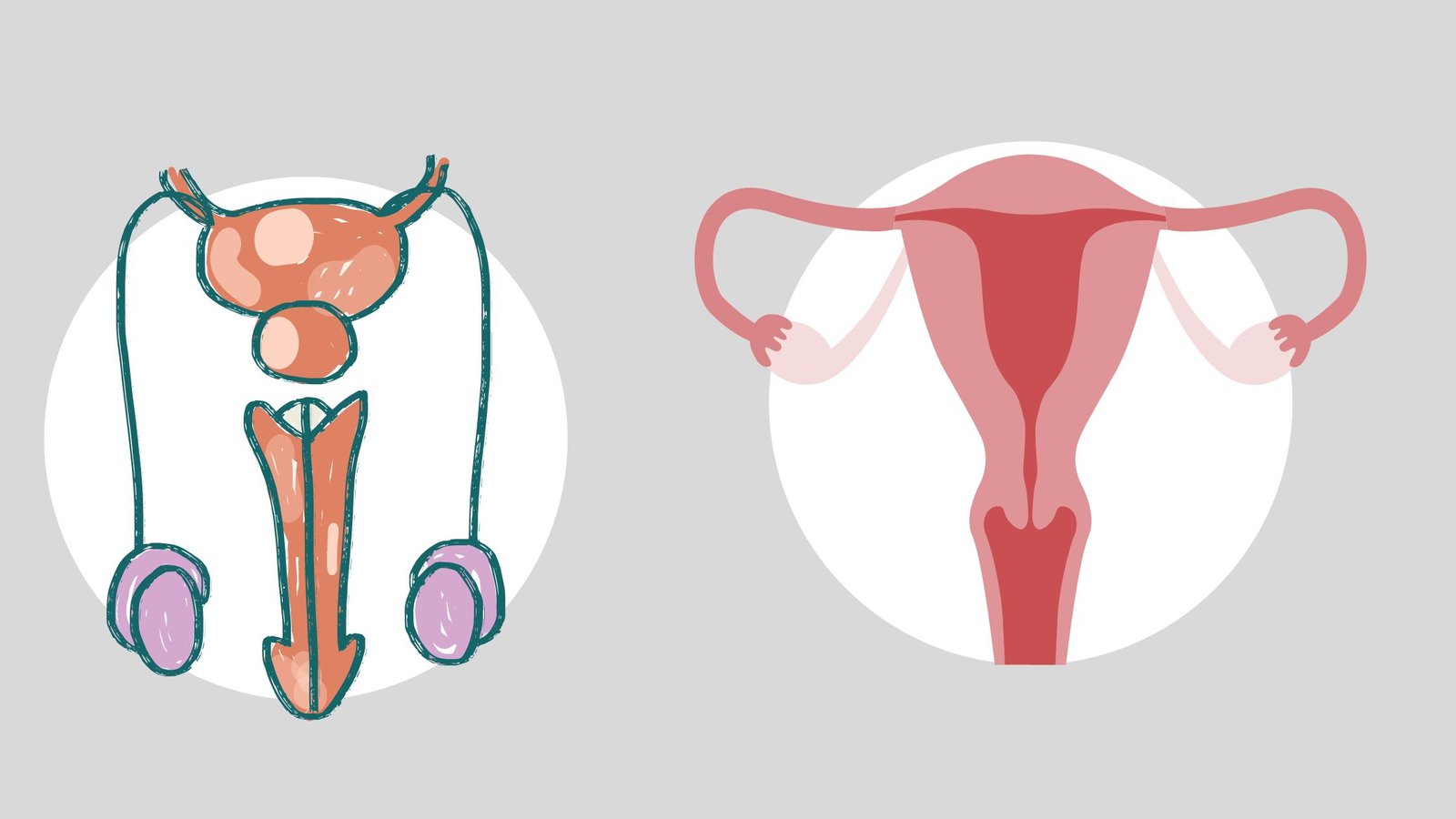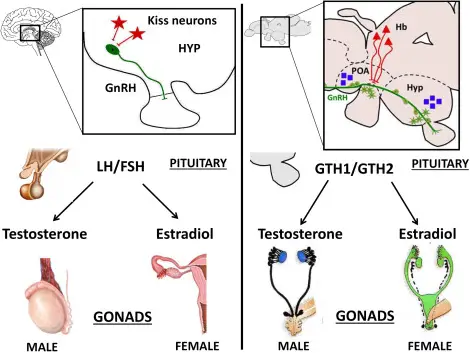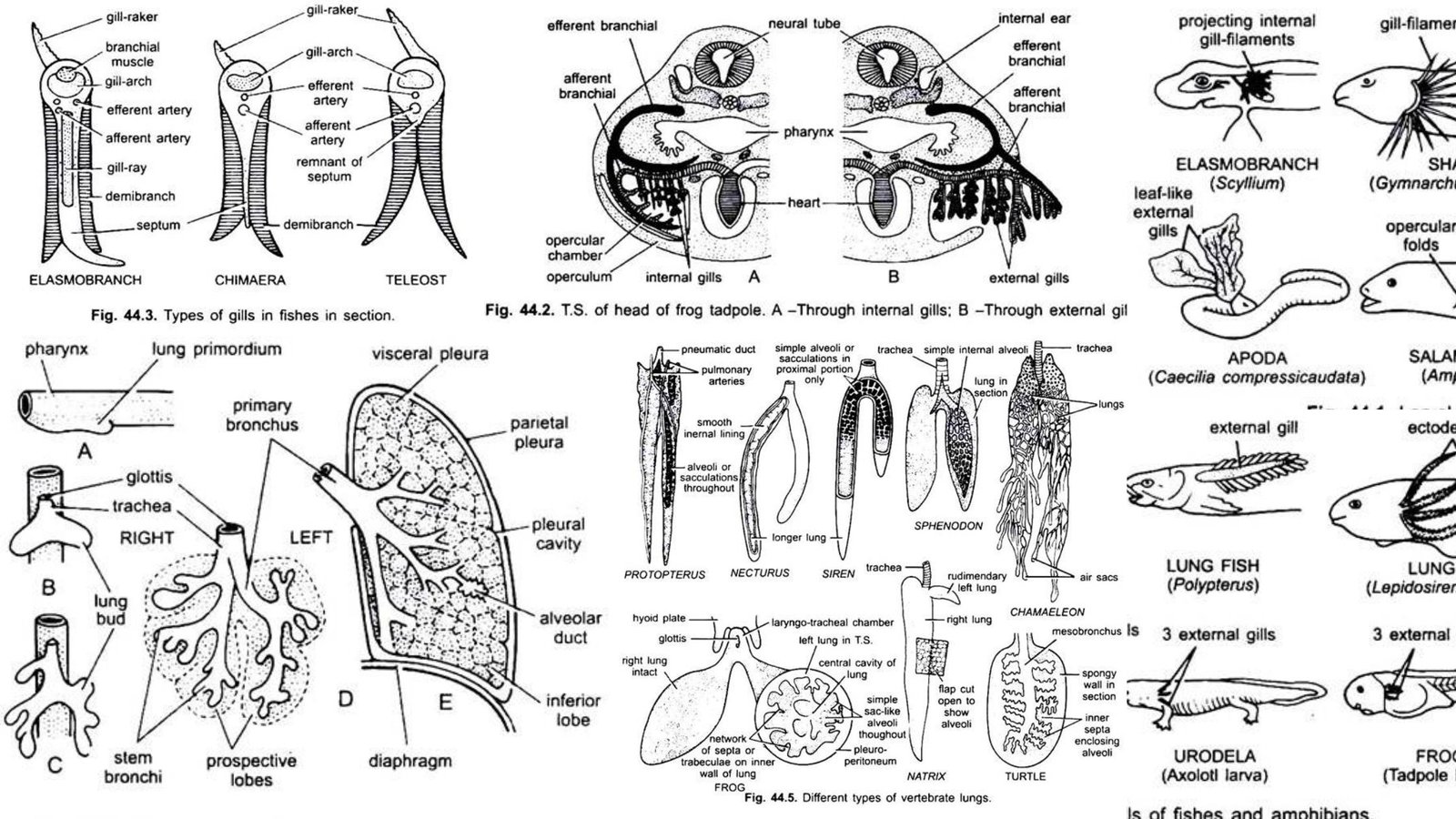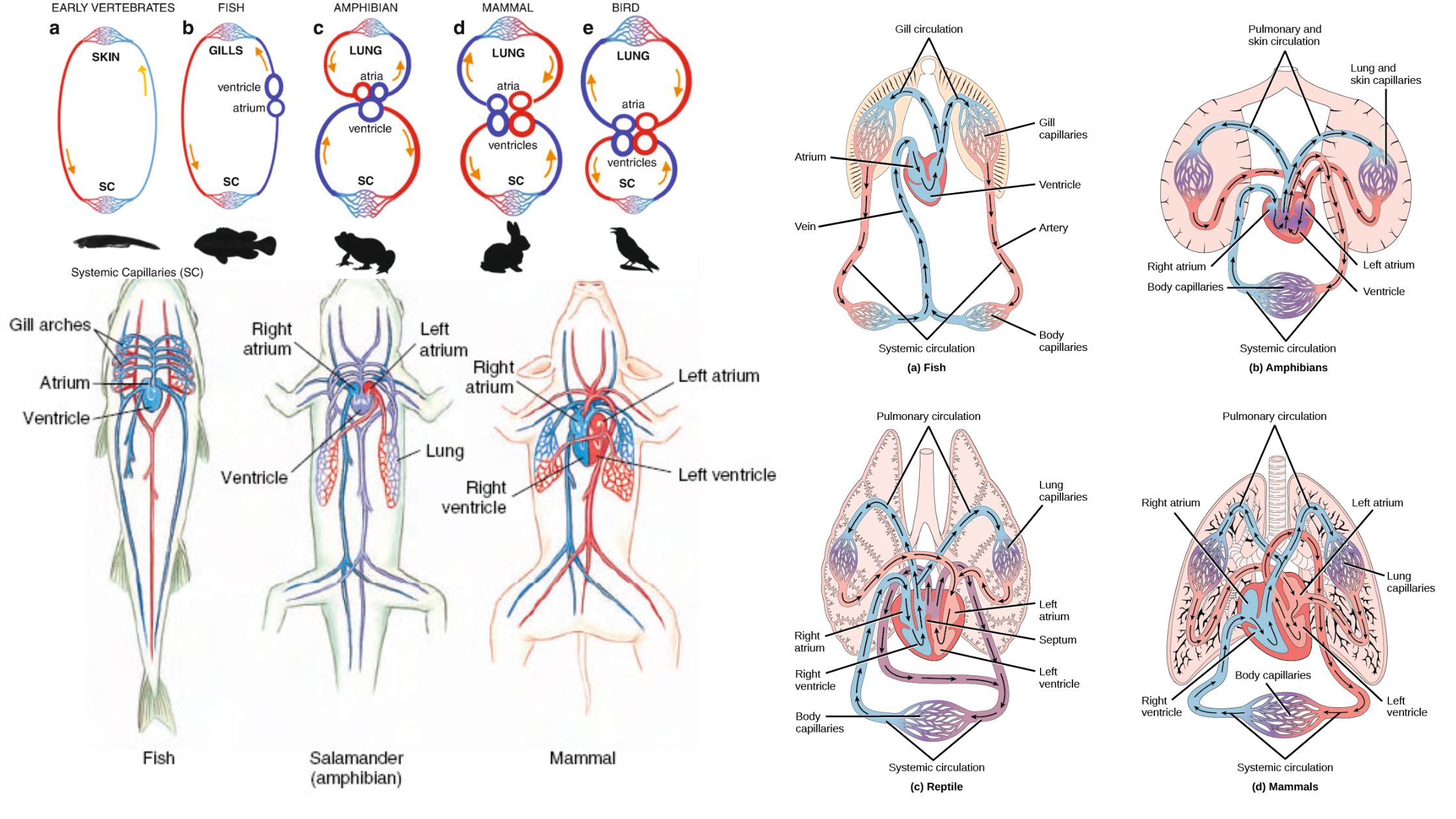Assisted Reproductive Technology – Techniques, Importance
Wha do you mean by Assisted Reproductive Technology? Assisted Reproductive Technology (ART) refers to a range of medical procedures and techniques used to help individuals or couples conceive a child when they are facing fertility challenges. ART methods involve the manipulation of human eggs, sperm, or embryos in a laboratory setting to facilitate conception. There … Read more









